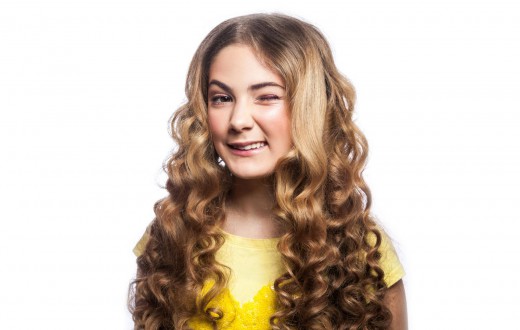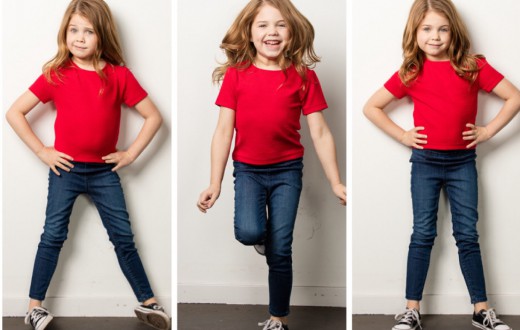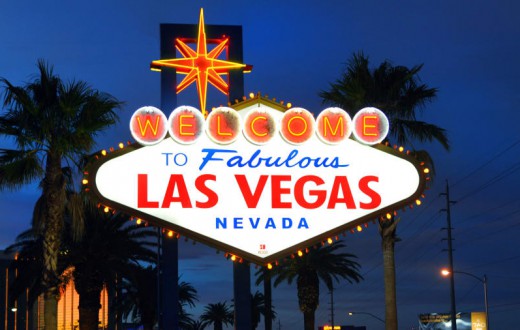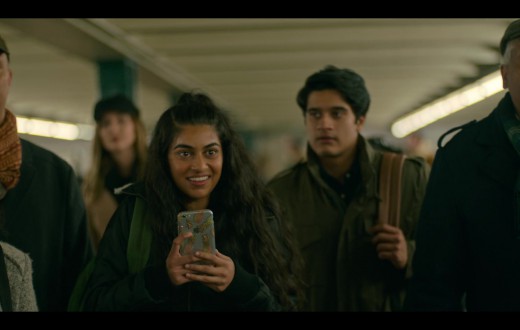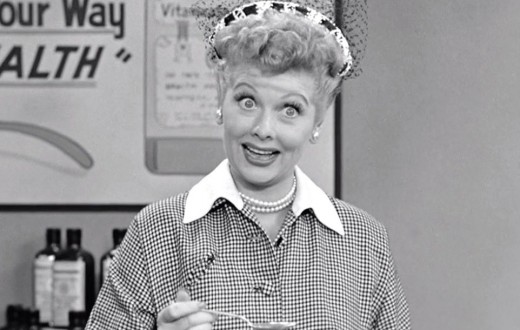Eye contact is a powerful tool in the realm of film acting, serving as a silent yet profound way to convey a character’s emotions, intentions, and relationships. Here’s an advice article on the importance of eye contact in film acting and how actors can harness its potential to enhance their performances.
The Power of Eye Contact in Film Acting
In the nuanced world of film acting, non-verbal cues play a pivotal role in storytelling. Eye contact, in particular, is a crucial element that actors must master. It can convey a spectrum of emotions without a single word, from love and trust to hostility and suspicion.
Creating Connection and Emotion
Eye contact is a key factor in establishing a connection between characters, making their interactions more authentic and engaging. It can signify intimacy, creating a sense of closeness or understanding between characters. Conversely, avoiding eye contact can depict discomfort, deceit, or conflict, adding depth to the narrative.
Directing the Audience’s Attention
Actors’ eye movements can guide the audience’s focus, subtly directing their attention to what is significant within a scene. This technique can be used to highlight important details, create suspense, or reveal a character’s hidden thoughts and feelings.
Techniques for Effective Eye Contact in Film Acting
- Understand Your Character: Know your character’s motivations and relationships. This understanding will inform how your character uses eye contact, whether it’s avoiding someone’s gaze out of guilt or staring intently to intimidate.
- Practice Subtlety: In film, subtle expressions often speak louder than grand gestures. A slight change in eye direction can reveal your character’s true intentions or emotions.
- Engage with Scene Partners: Genuine interaction with other characters is crucial. Practice scenes with your fellow actors to explore how eye contact can change the dynamics of your interactions.
- Use the Camera: Remember, the camera captures everything. Be mindful of where the camera is and how your eye movements will appear on screen. Sometimes, a glance directly into the camera can break the fourth wall and engage the audience directly, when used judiciously.
- Experiment and Adjust: During rehearsals, try different approaches to using eye contact and observe what works best for the scene. Be open to feedback from directors and fellow actors, and be willing to adjust your performance.
Here are some famous scenes in which close-up eye contact plays a crucial role in conveying the characters’ emotions and the film’s narrative:
- The Good, the Bad and the Ugly (1966) – The final three-way duel scene in this classic Western directed by Sergio Leone features intense close-ups of the characters’ eyes. The eye contact between the characters, along with Ennio Morricone’s iconic score, heightens the tension and suspense, making it one of the most memorable scenes in film history.
- Psycho (1960) – Directed by Alfred Hitchcock, this film contains a famous close-up shot of Marion Crane’s (played by Janet Leigh) eye during the shower scene. The close-up is not only chilling but also pivotal, as it captures the moment of her demise and the horror of the situation.
- In the Mood for Love (2000) – This film by Wong Kar-wai is filled with longing glances and subtle eye contact between the two main characters, played by Maggie Cheung and Tony Leung. Their restrained yet intense eye contact conveys the unspoken love and longing they feel for each other, driving the film’s emotional core.
- The Silence of the Lambs (1991) – The intense interactions between Clarice Starling (Jodie Foster) and Hannibal Lecter (Anthony Hopkins) feature significant close-up shots, especially during their first meeting. The eye contact between the characters creates a chilling dynamic that defines the psychological tension throughout the film.
- A Clockwork Orange (1971) – Directed by Stanley Kubrick, there’s a notorious scene where Alex (played by Malcolm McDowell) undergoes the Ludovico technique. The close-ups of his eyes, wide open and subjected to distressing images, are haunting and convey the brutal impact of the treatment on his psyche.
- La La Land (2016) – In this modern musical, the intense eye contact between the two leads, played by Emma Stone and Ryan Gosling, particularly during their dance numbers, conveys their growing affection and connection, enhancing the romantic atmosphere of the film.
- Blue is the Warmest Color (2013) – This film features intense and intimate close-ups of the two main characters, played by Adèle Exarchopoulos and Léa Seydoux. Their eye contact conveys deep emotions and is crucial in depicting the intensity and evolution of their relationship.
Conclusion
Eye contact in film acting is a nuanced tool that, when used effectively, can add layers of meaning and emotion to a performance. By understanding the significance of eye contact and mastering its use, actors can elevate their storytelling, creating memorable and impactful characters that resonate with audiences. Whether it’s a lingering glance or a deliberate avoidance of eye contact, these subtle cues can profoundly influence the narrative and the viewer’s experience.

